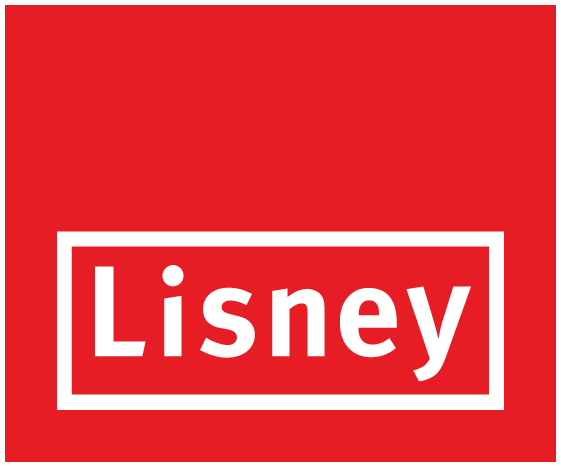The outlook for the Irish economy remains cautious. National account figures for Q2 2012 shows that GDP remained flat in the three month period with only industry and agriculture registering an increase on the output side and net exports on the expenditure side.
All components of domestic demand witnessed an increase in the annual pace of decline with consumption falling 2.5%, government spending by 3.5% and investment by 8.1%.
Employment fell again in the second quarter, however, so too did the labour force, which resulted in an unchanged unemployment rate of 14.8%.
The idea that Ireland would secure a debt reduction deal by mid-October, is now looking very unlikely as the finance ministers of Finland, Germany and the Netherlands are opposed to the prospect of the transfer of legacy bank debt to the ESM. Bank credit is still contracting, with net mortgage lending falling by 2.1% in the year to August. In July, the ECB lowered interest rates to 0.75%, and it has not ruled out a further cut by the year end.
Overall market
The commercial property market continues to experienced mixed fortunes. Take-up in the office and industrial markets were less than expected in Q3 at 29,800 sqm and 54,000 sqm respectively. In spite of the poor consumer sentiment evident at the end of September, activity in the retail property market was relatively good in the three months with many good quality lettings taking place.
The amount of available accommodation in secondary and tertiary areas remains an issue. However, vacancy in prime areas is not such as big a problem. In all sectors, the nature of leases remained firmly in favour of tenants with very flexible and incentivised deals on offer.
In the quarter, Lisney’s composite index of commercial rents fell by 2.4%, an increase in the quarterly pace of decline experienced since the start of the year. On an annual basis, the rate of decline has been running at a relatively similar level for the past 18 months and on an annual basis to the end of September declined by 7.1%.
Looking back to the peak of the market in the latter half of 2007, the improvement in Ireland’s cost competitiveness is clearly visible in commercial rents. Since this time, the composite index has declined by 51.9%.
Consumer sentiment and retail sales are poor despite some improvements in the summer months. As such, trading conditions remain challenging for retailers. That said, letting activity increased in Q3 with a number of quality transactions completing in Dublin city centre and suburbs. Discounters, convenience store operators and those in healthcare remain the most active sectors. The number of unoccupied units in the city centre increased in Q3, whilst suburban locations either remained stable or declined.
Lisney’s index of overall retail rents fell by 4.2% in Q3, the largest quarterly decline since Q4 2011. On an annual basis, the index is down by 10.9% and from market peak by 50.3%. Contrary to recent quarters, the index of provincial high street rents was not the most volatile, falling just 2.5% in the three-month period, compared to 7.1% for the Henry Street index and 5.0% for the Grafton Street index. Since the peak of the market these indices are down by 60.2%, 50.0% and 56.8% respectively.
Following a number of quarters of stability, the index of retail warehousing rents fell in Q3 and is now down by 57.1% since the latter half of 2007. This segment of the market remains difficult with rents very varied between schemes depending on how successful the park is, competition in the area and the level of vacancy present.
Continuing with the trend that emerged two years ago, shopping centres on Dublin’s M50 ring remain the best performing retail sector. Since the onset of the downturn the index is down by 28.9% and has remained unchanged for the past 18 months.
Office sector
The office market continues to be relatively active, but nine months into the year it is clear that take-up levels for 2012 will be less than 2011.
Nonetheless, there are combined requirements of at least 140,000 sqm by occupiers seeking accommodation. Vacancy levels are dropping with the overall Dublin rate standing at 18.6%, down from 21.2% in Q3 last year.
Rents in the office market have been stable now for 15 months. However, the commercial terms of any transaction still remain competitive and are in favour of the occupier. Since market peak in the latter part of 2007, overall Dublin office rents are down by 54.9%. The index of city centre rents is down by a similar amount at 56.6%, however there are wider variations among the suburban locations.
In general, rents in the south suburbs have traditionally been higher than in the other out-of-town locations. As such, the index representing this area has had further to fall, and despite the fact that it has been stable for the past 24 months, it has declined by 48% since the height of the market.
The north suburban index has remained unchanging for seven quarters now but is 38.5% below its’ highest level. This area has declined the least but that is because rents started from a lower base and have not had as far to fall. It is a similar story in the west suburbs, where the index has been static for five quarters but is down 42.1% for the height of the market.
Industrial sector
Take-up of industrial space in Dublin was approximately 54,000 sqm in Q3, and whilst this is a 4% decline on last quarter, it does represent a 40% increase on the same period last year. Two thirds of the transactions were for buildings of less than 1,000 sqm. This is positive news as it means more local, entrepreneurial occupiers are coming back into the market and taking space.
Over-supply remains an issue with the amount of available accommodation increasing by 2.7% in Q3. It is likely that there will be further increases in the final quarter of the year. In spite of this, it is evident that shortages are starting to appear for larger buildings and there may be opportunities for design-and-build deals in the short-term.
The index of industrial rents remained unchanged in Q3, but on an annual basis is down by 7.4%. This annual rate of decline is less than the figure registered at the end of Q3 last year, at 9.3%, and is significantly below the annual pace of decline seen in Q3 2010, at 31.8%. Since the height of the market, the index is down by 49.2%.









